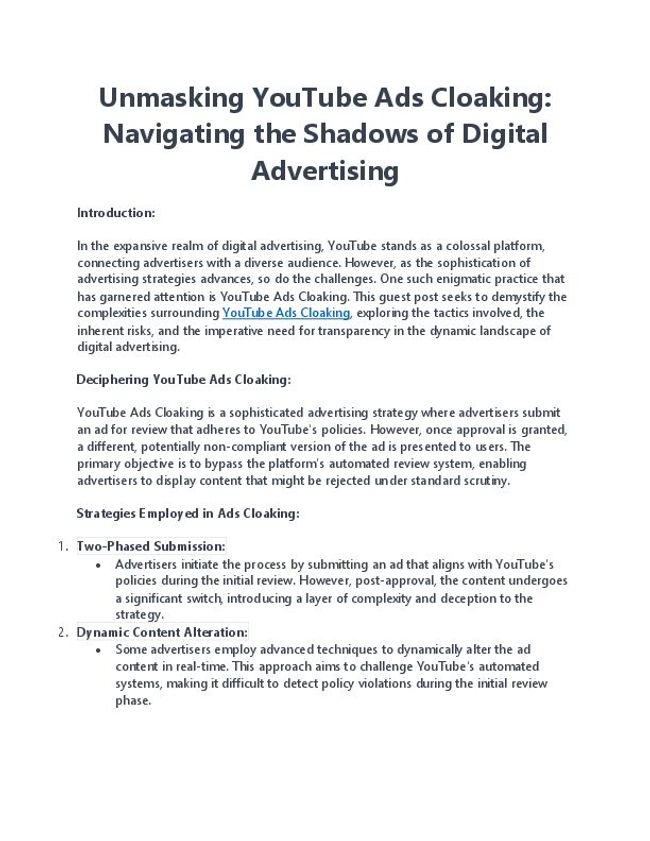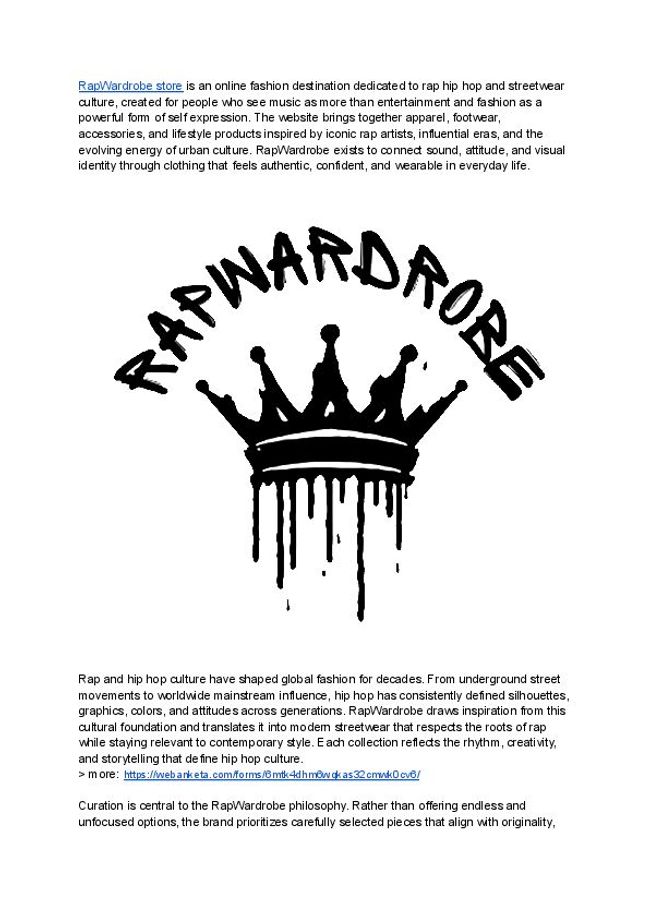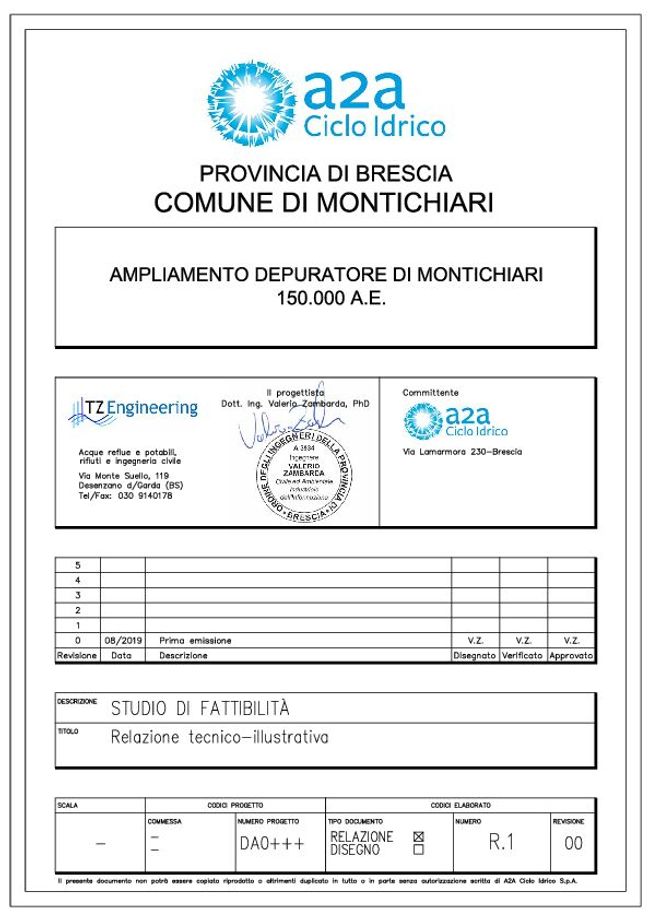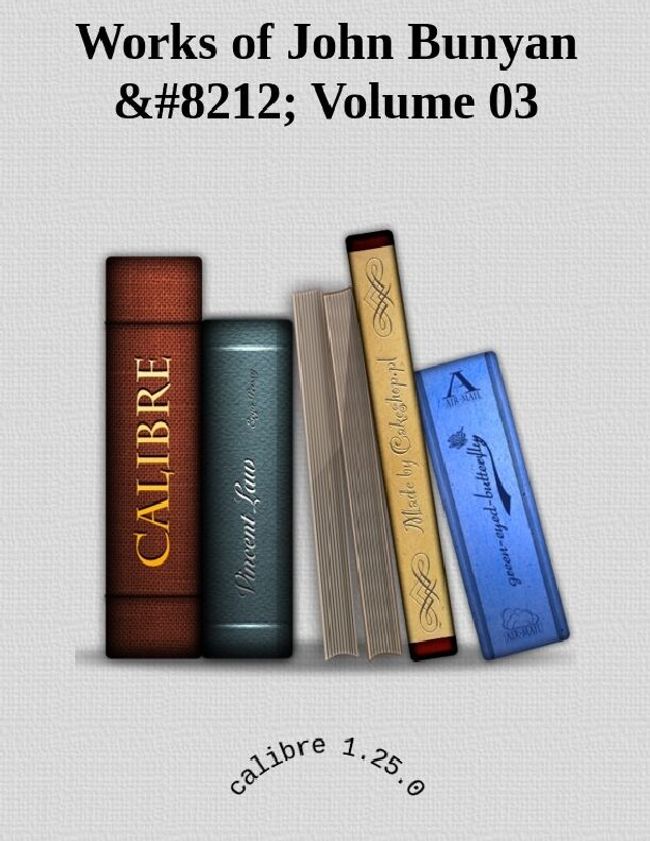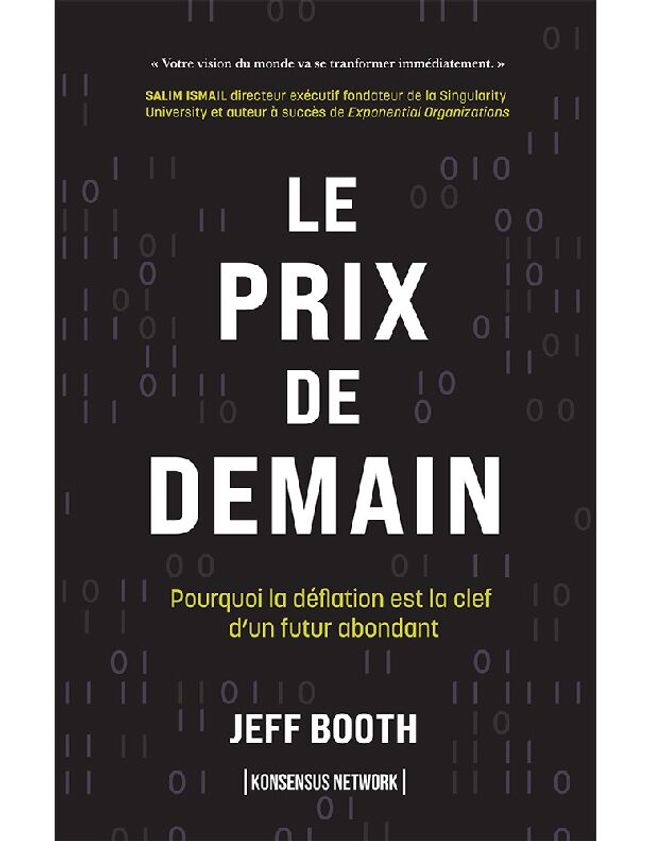Resultados de búsqueda (254,786)
Como-Aprender-a-Desenhar-Rapido-Guia-Pratico-para-Iniciantes
Jason T.A
Melhores dicas para elevar o seu conhecimento a um nível alto.

Knowing Knowledge
George Siemens
CC BY-NC-SA
Learning and knowledge are cornerstones for society and organizations. Knowing Knowledge is an exploration of the change impacting both learning and knowledge, and recommends changes required in order to align corporations and educational institutions with developing trends.Print copies available from Lulu.com.

Literatur, Universalie und Kulturenspezifikum
CC BY-ND
The debate on universals has been stimulated by advances in cultural studies and the humanities in general. Considering literature as a universal feature that can be found in any culture, the question is: a) what are the characteristics of literature as an anthropological constant? b) which specific occurrences of literature can be found in different times, cultures and languages – and how is it possible to compare them? c) How has literature been able to mediate over time between different cultures and their often opposing concepts? The wide field of literature transgressing and bridging borders comes into play here, e.g. translations, multilingual and “intercultural” literatures, travel journals and ethnographic interpretations. The main part of the anthology highlights the interplay of cultural impregnation and a universal motivation to express oneself by means of literature – by theoretical approaches as well as by studies with a view on German literature from the outside and/or a focus on the representation of the world in German literary texts. The closing chapter, “intercultural text workshop” enables the reader to gain insight into an ever more important feature of present-day literature: texts from authors who deliberately opted for German as their literary language - Marica Bodrožić, Tzveta Sofronieva, Yoko Tawada, José F.A. Oliver and Ilija TrojanowDie Kultur- und Geisteswissenschaften haben in jüngster Zeit die Debatte um sogenannte „Universalien“ neu angeregt: Betrachten wir auch Literatur als „Universalie“, die in jeder Kultur anzutreffen ist, so können wir uns fragen: a) was zeichnet Literatur als anthropologische Konstante aus; b) welche spezifischen Prägungen von „Literatur“ sind in den verschiedenen Sprach-, Zeit- und Kulturräumen anzutreffen – und wie lassen sie sich vergleichen; c) wie ist es der Literatur im Verlauf der Kontaktgeschichte menschlicher Kulturen gelungen, zwischen verschiedenen, oft divergierenden Auffassungen zu vermitteln? Dabei wird auch das weite Feld literarischer Grenzenüberschreitungen und Brückengänge angeschnitten: Übersetzungen, polyglotte oder „interkulturelle“ Literaturen, Reise- und ethnographische Berichte. Der Hauptteil des Bandes widmet sich dem Wechselspiel von kultureller Geprägtheit und universalem literarischen Ausdruckswillen – theoretisch fundiert; in Beispielanalysen mit Blick von außen auf die deutschsprachige Literatur sowie in der Frage nach der Repräsentation von Welt in Texten der deutschsprachigen Literatur. Das Schlusskapitel „Interkulturelle Textwerkstatt“ gibt Einblick in einen zunehmend zentral werdenden Aspekt der Gegenwartsliteratur: Vorgestellt werden Gedichte und Erzählungen von Autorinnen und Autoren, die sich bewusst für Deutsch als ihre Schreibsprache entschieden haben - Marica Bodrožić, Tzveta Sofronieva, Yoko Tawada, José F.A. Oliver und Ilija Trojanow.

Provides Best Digital Workplace Software : TereoTech
TereoTech
TereoTech Solution is a one of Best Digital Workplace Solutions Companies that provides best digital workplace software in which you can Digitalize and Streamline your Paper / Excel / Touch based processes and create wonderful Digital workspaces for your Employees, Management, and Visitors. The Team at TereoTech design best digital workplace software that helps transform workspaces into exceptional Digital Experiences.

TANKEKRAFTENS EFFEKTER
Ulla Grünberger
All rights reserved to Ulla Grünberger
De allra flesta människor är omedvetna om effekterna av sina tankar och känslor på sig själva, på vår miljö och allt på vår jord. Många tror att man själv inte kan påverka eländet i våra samhällen, i våra egna liv och på jorden, men det kan man i varje ögonblick, var man än befinner sig och utan aggressioner, ammunition, hat och våldsamheter. Här en presentation som enkelt förklarar och ger hjälp och hopp inför framtiden. Enormt viktig information både för ungdomar och vuxna.

Die Digitale Transformation im Gesundheitswesen
CC BY-NC-ND
Der digitale Wandel macht vor keiner Branche halt: Die Digitalisierung wird auch die Gesundheitswirtschaft in den nächsten Jahren deutlich verändern. Dies betrifft Kostenträger und Leistungserbringer, aber vor allem die Versicherten und Patienten, die durch digitale Lösungen eine aktive Rolle als souveräne Kunden einnehmen werden. Online-Apotheken greifen die stationären Apotheken an, das Krankenhaus 4.0 setzt auf digitale Patientenakten, Start-ups und Entrepreneure bauen an Apps und Lösungen für ein innovatives Gesundheitssystem. Das Buch beleuchtet aus verschiedenen Perspektiven praxisnah und fundiert die Digitalisierung im Gesundheitswesen. Akteure aus Politik, Krankenversicherung, Gesundheitseinrichtungen, Selbstverwaltung und Wirtschaft verorten ihre Institutionen in der digitalen Transformation. Experten, junge Entscheider und Start-ups zeigen Chancen, Herausforderungen und Grenzen auf und gehen der Frage nach, wie die Digitalisierung die Gesundheitsversorgung verändern wird.
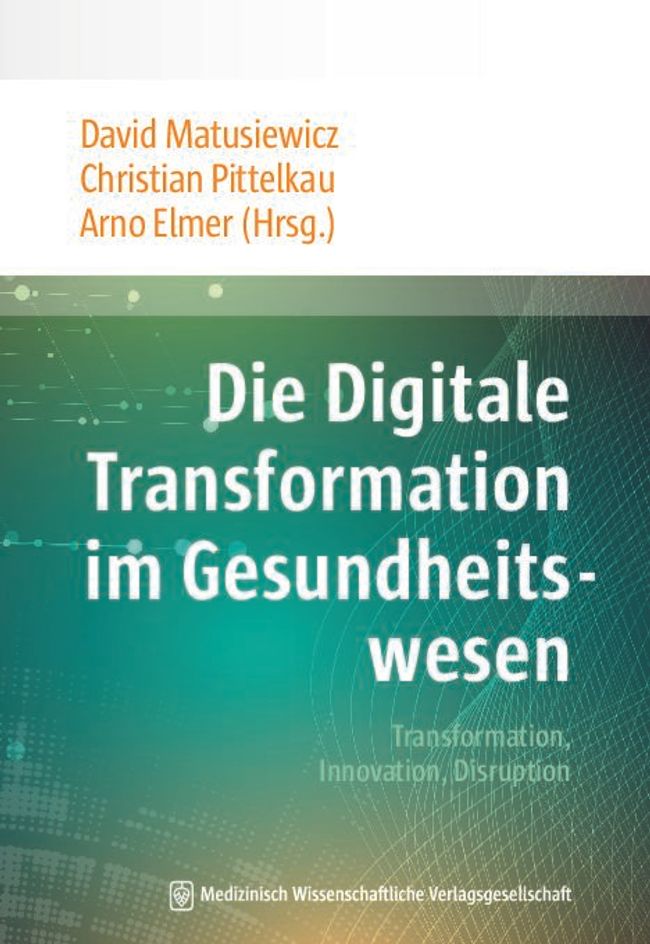
Today Leaked Fixed Matches Real Sure-Win Fixed Matches
Get the latest Today leaked fixed matches from Dino-Fixed.com with real, up-to-date football fixed match predictions, sure-win tips and precise betting insights.

Simulation with Entropy Thermodynamics
CC BY
Beyond its identification with the second law of thermodynamics, entropy is a formidable tool for describing systems in their relationship with their environment. This book proposes to go through some of these situations where the formulation of entropy, and more precisely, the production of entropy in out-of-equilibrium processes, makes it possible to forge an approach to the behavior of very different systems. Whether for dimensioning structures; influencing parameter variability; or optimizing power, efficiency, or waste heat reduction, simulations based on entropy production offer a tool that is both compact and reliable. In the case of systems marked by complexity, it appears to be the only way. In that sense, realistic optimization can be carried out, integrating within the same framework both the system and all the constraints and boundary conditions that define it. Simulations based on entropy give the researcher a powerful analytical framework that crosses the disciplines of physics and links them together.

Correct Fixed Matches VIP Soccer Predictions for Winning Tips
Get accurate Correct fixed matches, VIP football tips with verified fixed score predictions. Boost your soccer betting success with reliable expert picks today.

A Practical Guide to Self-Hypnosis
Melvin Powers
PD-US
All of us like to think that our actions and reactions are a result of logical thought processes, but the fact is that suggestion influences our thinking a great deal more than logic. Consciously or unconsciously, our feelings about almost everything are largely molded by ready-made opinions and attitudes fostered by our mass methods of communication. Self-hypnosis is a highly suggestible state wherein the individual can direct suggestions to himself. It is a powerful tool in any therapeutic process, and highly motivated subjects can parallel the success of hetero-hypnosis through their own efforts. Self-hypnosis can be used as a palliative agent and can even afford lasting results in many areas of the organism. Self-hypnosis can alleviate distressing symptoms, substitute strong responses for weak responses, help overcome bad habits, create good habits and help one's power of concentration. The total personality is eventually changed to the point where it can function adequately in an increasingly difficult environment.
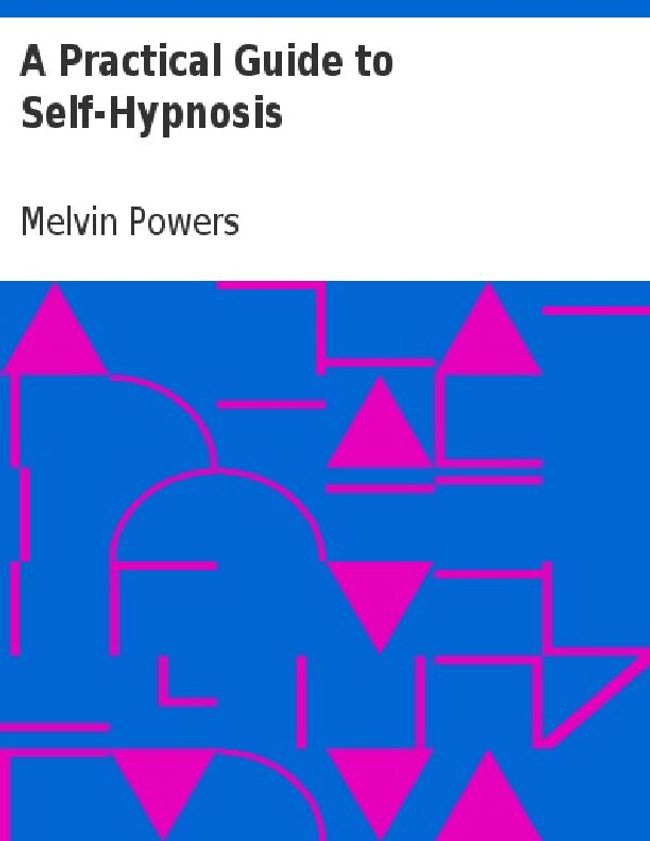
Topological Groups
CC BY-NC-ND
In 1900, David Hilbert asked whether each locally euclidean topological group admits a Lie group structure. This was the fifth of his famous 23 questions which foreshadowed much of the mathematical creativity of the twentieth century. It required half a century of effort by several generations of eminent mathematicians until it was settled in the affirmative. These efforts resulted over time in the Peter-Weyl Theorem, the Pontryagin-van Kampen Duality Theorem for locally compact abelian groups, and finally the solution of Hilbert 5 and the structure theory of locally compact groups, through the combined work of Andrew Gleason, Kenkichi Iwasawa, Deane Montgomery, and Leon Zippin. For a presentation of Hilbert 5 see the 2014 book “Hilbert’s Fifth Problem and Related Topics” by the winner of a 2006 Fields Medal and 2014 Breakthrough Prize in Mathematics, Terence Tao.It is not possible to describe briefly the richness of the topological group theory and the many directions taken since Hilbert 5. The 900 page reference book in 2013 “The Structure of Compact Groups” by Karl H. Hofmann and Sidney A. Morris, deals with one aspect of compact group theory. There are several books on profinite groups including those written by John S. Wilson (1998) and by Luis Ribes and Pavel Zalesskii (2012). The 2007 book “The Lie Theory of Connected Pro-Lie Groups” by Karl Hofmann and Sidney A. Morris, demonstrates how powerful Lie Theory is in exposing the structure of infinite-dimensional Lie groups.The study of free topological groups initiated by A.A. Markov, M.I. Graev and S. Kakutani, has resulted in a wealth of interesting results, in particular those of A.V. Arkhangelʹskiĭ and many of his former students who developed this topic and its relations with topology. The book “Topological Groups and Related Structures” by Alexander Arkhangelʹskii and Mikhail Tkachenko has a diverse content including much material on free topological groups. Compactness conditions in topological groups, especially pseudocompactness as exemplified in the many papers of W.W. Comfort, has been another direction which has proved very fruitful to the present day.









